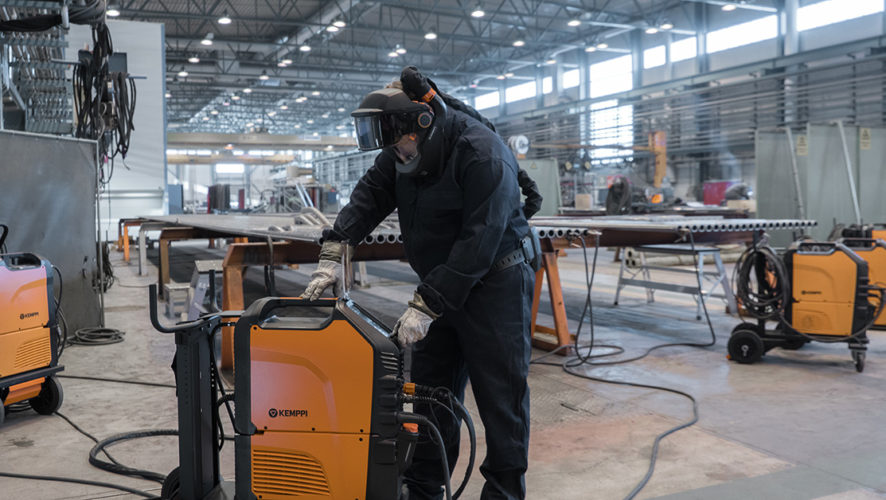What are the factors behind a good user experience? The recipe for the world’s best welding experiences has been developed in Kemppi R&D for over 70 years. Jussi Kapanen, Kemppi’s User Experience Manager, now reveals the ingredients.
What is a user experience?
A user experience, UX, is produced by human brains. It is different for each user. All your memories and lessons learned in life affect how you feel about a new product.
The experience is affected by each user’s needs and expectations. A photographer used to cameras of a certain brand might feel that the competitor’s top model is clumsy. The expectations might also have reverse effects: the less you expect, the more positively you could be surprised. Thus, it is important that marketing communications is honest, describing the product just as it is.
User experience is different from usability:
- Usability is the quality of interaction between the product and the user. It can be measured objectively, for example by the speed and error rate in specified use cases.
- User experience is a subjective state of mind. It is found out by asking users how do they feel about the product.
What is a good user experience made of?
Over 2000 years ago, Vitruvius studied Roman architecture. In his book De Architectura, Vitruvius defined that good buildings must show firmitas, utilitas and venustas: durability, usefulness and beauty. 20 years ago, researcher Matthews analyzed the qualities of computer user interfaces, UIs. He defined that human-computer interfaces should be robust, useful and pleasurable.
The qualities of good products are timeless and independent of industries. For a good UX, the user requires:
- Right features
- Ease of use
- Effectiveness to achieve user’s goals
- Reliability
- Pleasurable to use
What the user wants may differ from what the user needs. When buying a product, more features may sound better. When using a product, every excessive feature makes the product more complicated. Good product design means eliminating the unnecessary. As Jussi Kapanen expresses it: “Design is perfect when there is nothing more to take away.”
When the product is easy to use, the user understands at first sight how to use it – without a user manual. The new features must be introduced in a way that they feel familiar from the get-go.
User experience is a team effort
The UX sums up everything experienced by the user: the physical product, the interaction with the device, the welding quality, the user documentation. Building this experience is teamwork. Welding experts, interaction designers, graphic designers, industrial designers, software designers, writers, mechanical designers, circuit board designers and many more talents join together to fulfill the users’ needs from every viewpoint.
When a product is well designed, the users can focus on what they need to do; not on how to use the device. A common language helps to understand the features. Kemppi user interfaces, UIs, are localized in 15 different languages. Kemppi has also a clear symbol language: its grammar and vocabulary stay the same from decade to decade.
The strongest driver of UI design is consistency. When you have used one Kemppi product, you know how to use the others. As an example, all the selections and adjustments are done in the same way in Kemppi’s digital UIs: turn the knob and press.
